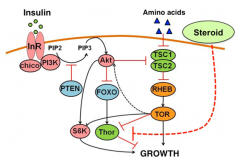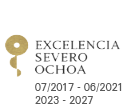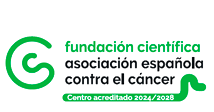
2015/07/24
Steroids and Insulin pathways collaborate to promote tissue growth
How organisms reach their final size is a crucial question in Biology that is deeply related with the mechanisms involved in cell growth control and the pathologies associated to the misregulation of this process, such are cancer and developmental diseases. A recent manuscript by the group of R. Barrio at CIC bioGUNE, in collaboration with researchers form the Institute of Evolutionary Biology (CSIC-Universitat Pompeu Fabra, Barcelona), the Instituto Gulbenkian de Ciência (Portugal) and the Lake Forest College (IL, USA), sheds light on an important scientific question: how final body size is achieved in the animal kingdom via coordination of organ and body growth. Steroid hormones are cholesterol derivatives that control many aspects of animal physiology, including development, growth, energy storage and reproduction. Barrio and colleagues discovered that steroids crosstalk with the Insulin and Target of Rapamycin (Tor) signalling pathways at early stages of development to allow the coordinated growth of internal organs, via the inhibition of the negative regulator of translation 4E-BP (Thor). The work was done in vivo using Drosophila melanogaster, where inhibition of 4E-BP by steroids is shown for the first time during animal development.
Figure Captation
Schematic representation of the Insulin and Tor signaling pathways. Steroids (ecdysone in insects) promote growth by interfering with 4E-BP (Thor) transcription.
Citation:
Leire Herboso, Marisa M. Oliveira, Ana Talamillo, Coralia Pérez, Monika González, David Martín, James D. Sutherland, Alexander W. Shingleton, Christen K. Mirth and Rosa Barrio (2015) Ecdysone promotes growth of imaginal discs through the regulation of Thor in D. melanogaster. Scientific Reports, 5: 12383. doi:10.1038/srep12383 (2015).
Link:
http://www.nature.com/srep/2015/150722/srep12383/full/srep12383.html
See a large version of the first picture





